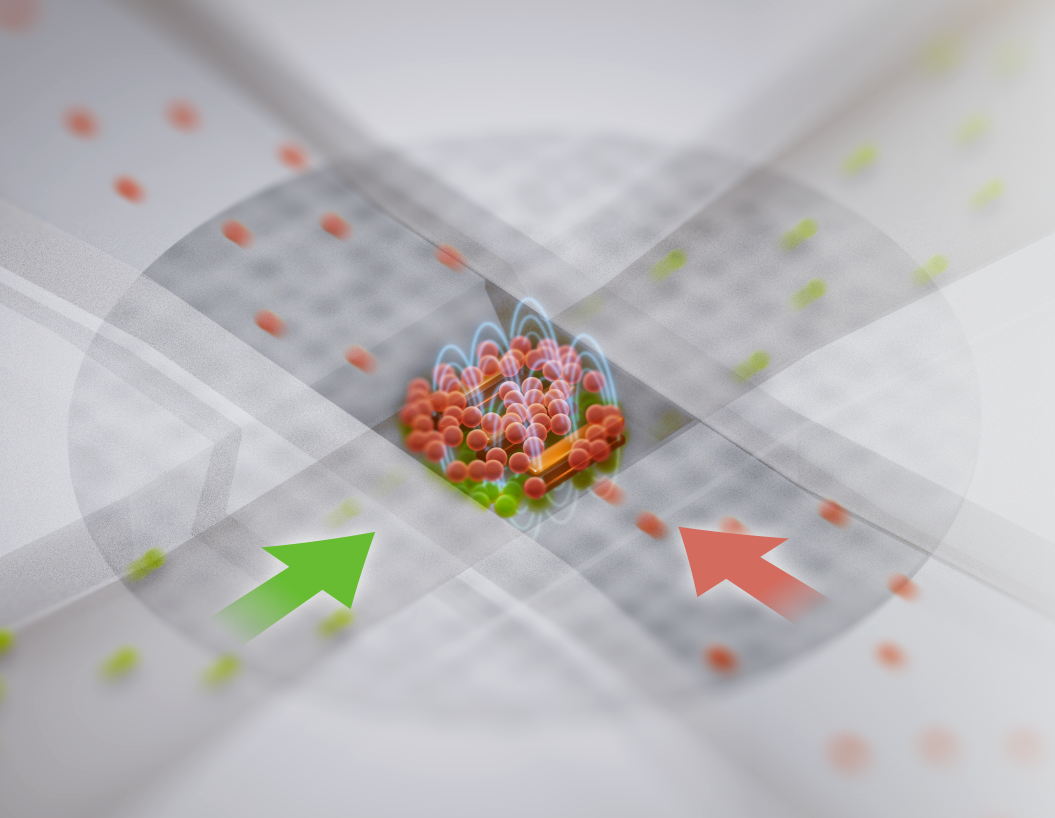In the relentless pursuit of safer and more effective drugs, scientists have unveiled an innovative technology: organs-on-chips. These miniature replicas of human organs, housed on microfluidic platforms, offer a promising bridge between theoretical treatments and clinical applications by simulating biological processes at the cellular level.
It’s often said that great leaps forward are made up of small steps. In medicine, these steps are microscopic, yet they hold the power to revolutionize drug development. Traditional drug development has been hindered by challenges such as a lack of effective treatments for certain diseases, inter-patient variability in drug response, and severe side effects associated with existing drugs.
The extensive testing required before a drug can be approved is both time-consuming and costly. Moreover, ethical and practical constraints limit the types of experiments that can be conducted on human subjects. While animal testing is common, it has proven to be an unreliable predictor of human responses; as many as 95% of drugs that show promise in animal studies fail in human clinical trials. The ethical concerns, societal pressures, and political complexities surrounding animal testing have further complicated the process.
To address these limitations, biologists, biomedical engineers, and researchers from the National Institute of Standards and Technology (NIST) turned their attention to modelling human organ functions. This led to the development of organs-on-chips.
These devices consist of tiny channels lined with human cells, creating microenvironments that mimic the structure and function of human organs. Researchers can then use these chips to study how cells respond to new drugs. By employing specialized techniques, scientists can ensure that fluids flow through these microchannels in a way that closely mimics the conditions found in the human body. For example, a lung-on-a-chip device developed in 2009 incorporated human lung cells and blood vessel cells to simulate the function of alveoli.
These organs-on-chips contain living human tissues within their channels. These tissues can stretch, contract, and respond to controlled factors such as fluids and mechanical forces. When these cells are cultured in environments that mimic the human body, they function in a manner similar to their in vivo counterparts and can be exposed to various substances and drugs.
After initial development in academic laboratories, the focus shifted to standardizing and validating these devices. NIST established a working group to develop guidelines for using organs-on-chips in preclinical drug testing. This process involves establishing engineering considerations and standardized methods for generating, collecting, and analysing reliable data, while ensuring best practices for mimicking different organ systems in the human body.
While complex to develop, the goal is to simplify the design of these devices to make them more accessible and scalable. Future challenges include the high costs associated with manufacturing these devices and the need for specialized expertise. Overcoming these challenges will require collaboration among biologists, materials scientists, biomedical engineers, and stakeholders from academia, industry, and government.
Despite these challenges, the organs-on-chips field has made significant strides. Over 60 companies are now producing these devices for commercial use, focusing on organs such as the liver, kidney, lung, intestine, and brain. The U.S. Food and Drug Administration has expressed confidence in this technology, particularly following the FDA Modernization Act.
Europe has also established a dedicated society to foster research, share information, develop user guidelines, create training networks, and build the necessary infrastructure.
In the future, experts anticipate a significant reduction in overall research and development costs, around 26%, as these devices streamline drug discovery and reduce complications, leading to safer and more cost-effective treatments. Additionally, organs-on-chips can support personalized medicine approaches by enabling the development of tailored therapies.
The applications of organs-on-chips extend beyond drug development. They can be used in the food, cosmetics, and chemical industries to test products and assess their potential for adverse effects, such as allergies. Even animals, which have long been subjects of drug testing, could benefit from the development of veterinary drugs tested using this technology.
In conclusion, organs-on-chips represent a scientific breakthrough that promises to revolutionize the drug development industry by making it more efficient, safe, ethical, and humane.
References:
- https://www.nist.gov/news-events/news/2024/02/nist-led-working-group-developing-standards-organ-chip-research
- https://digital-strategy.ec.europa.eu/en/news/organ-chip-technology-step-towards-more-effective-therapies
- https://www.nature.com/articles/s43586-022-00118-6
- https://www.technologyreview.com/2024/06/21/1093419/animal-testing-organ-on-chip-research/#:~:text=Scientists%20have%20made%20liver%20chips,28%2Dday%20menstrual%20cycle
- https://h2020-orchid.eu/






